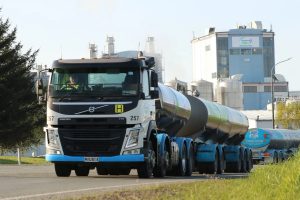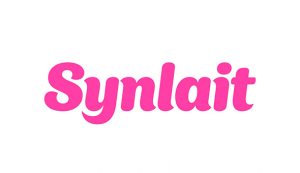
Shearer makes a living milking about 30 cows, less than 10% of the average NZ dairy herd of 444 cattle.
At just over 14 hectares, his entire farm, near Normanby in South Taranaki, is not much bigger than a large lifestyle block, but it’s a seven-day-a-week, full-time job.
“Some people say I’m a hobby farmer, they ask what I do for a day job, but I don’t have time for a day job,” he said.

His is one of the last four factory supply dairy herds in the country milking fewer than 50 cows. Shearer’s 40-year-old walk-through shed is probably the last one in Taranaki still being used regularly.
It makes finding relief milkers nigh on impossible, because these days hardly anyone knows how to milk in one.
“I milk 365 days a year. I’ve just done 9000 milkings at the end of last month, twice a day for 12 years and three months,” he said.
“It doesn’t worry me, I love milking.”
At this time of year, with calves to feed afterwards, each milking takes 3 ½ hours.

Shearer is able to make a living from his tiny herd because the cows produce a lot more milk solids than average NZ cows – and it is milk solids that farmers are paid for.
“The only way I can do it is with high input feeding and high production – I feed them a lot and I get a lot of production, I’m doing over 700kg of milk solids a cow,” he said.
His best-ever cow produced 985kg of milk solids in one year, compared to the average for NZ of 397kg, and he’s had the country’s top Jersey cow five times.
His Glenbrook Jersey stud cows have been Jersey NZ’s top producing herd 14 times, and taken the Taranaki top herd title 30 times.
“I breed them right, then feed them right,” he said.

Each morning he fills 25 buckets of a sweet-smelling blend of molasses, distillers’ grains and other goodies, and ferries it to the cows on an old Massey Ferguson tractor, along with bales of hay.
But a 40% increase in the cost of feed this year is hitting him hard.
“If I cut down on feed, I’m going to lose production,” he said. “It’s not quite living on a knife edge, but at times it’s close.”

All the cows are registered pedigrees and have fancy three-barrelled names.
“They are working cows, but there are a few that think they are pets. I like most of them, most of the time. Like people,” he said.
Shearer farms them on just eight hectares. The rest of the land is planted in trees.
“I don’t have a radio in the cowshed, when the machine isn’t going, I prefer to listen to the birds,” he said.

Shearer has been on the farm most of his life, having bought a third of his parents’ farm in 1982, and leased the rest.
He’d planned to buy more, but when his marriage ended, he bought his wife out, and now makes do with just the smaller block.
Outside of farm work, Shearer is a keen photographer.
He also collects old farming books and show catalogues, and enjoys compiling cow pedigrees for other breeders.
“I love the genealogy side of it.”
Finding out his own family history is another passion – he has traced his ancestors back to the 1700s on every branch of the family.
But he’s 62 this year and is not sure how long he will keep going. None of his seven children are interested in taking over, he said.
“I was going to sell up before Covid struck, I did have plans that involved three years travelling, including six months living in an Italian village on the Mediterranean.”

Now, although the borders have reopened, he’s unsure if he’ll revive the OE plan.
“I’m one bad accident away from stopping,” he said.
“But I enjoy what I’m doing. I had the opportunity to stop 12 years ago.”
A bout of pneumonia that lasted 18 months and treatment for skin cancer forced him to sell the milking herd, and he took six months off.
But he really missed milking the cows.

“I had all the young stock and I restarted the herd,” he said.
Regular Lotto tickets have helped keep him going when times are tough, including when his marriage ended, by giving him something to look forward to each week, and a little hope, he said.
They still do.
“I’ll keep buying Lotto tickets. If I win, I’ll employ someone to help, so I can have holidays.”
























